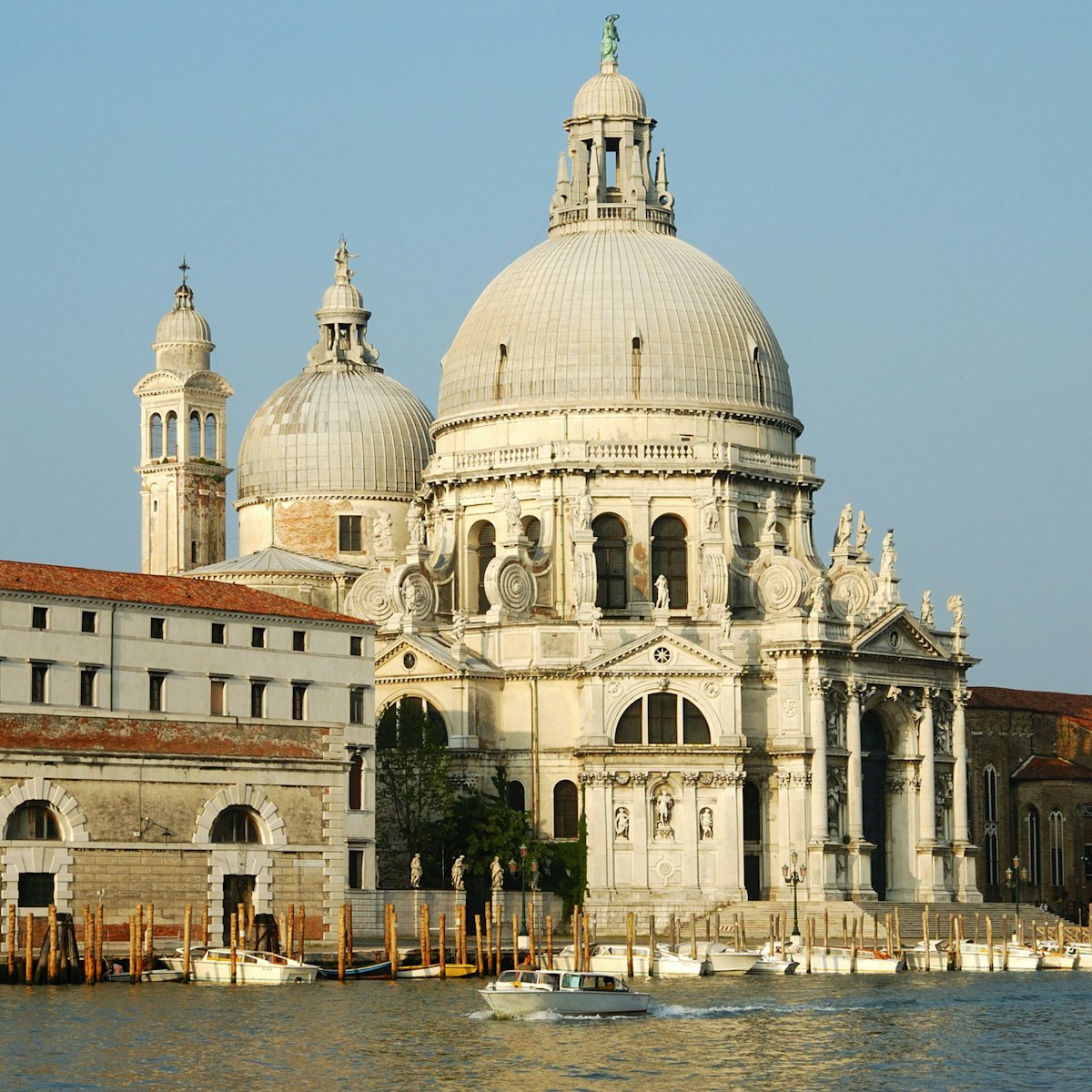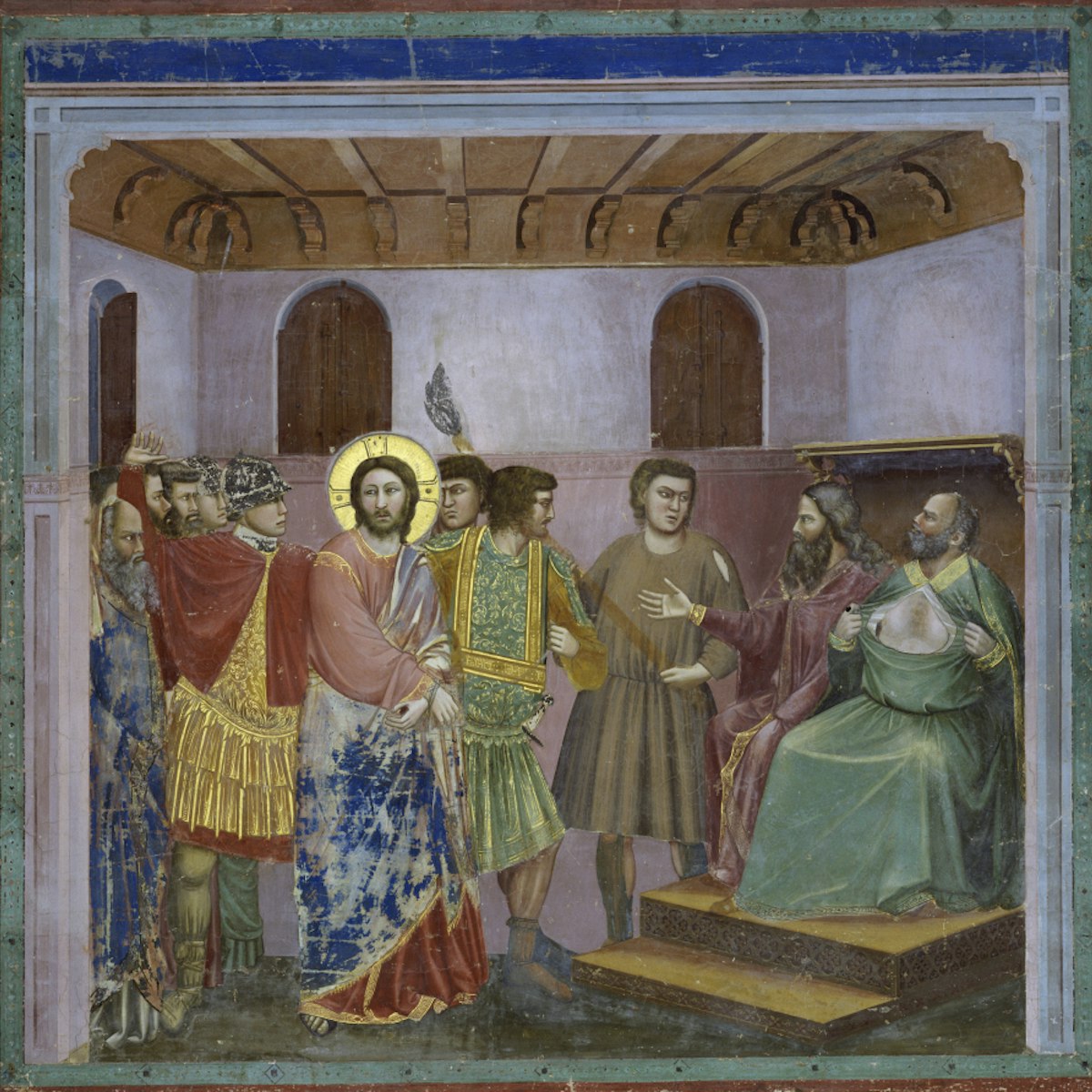The Grimani family built their Renaissance palazzo (mansion) in 1568 to showcase the extraordinary Graeco-Roman sculpture collection of Cardinal Giovanni Grimani. Now the basis of the Museo Correr archaeological section, the antiquities were returned to these theatrical, frescoed halls in May 2019 – after a 430-year absence – on a two-year loan. Gathered from Venetian territories all over the Mediterranean, the sculptures demonstrate the epitome of classical beauty that Renaissance humanists so admired and which the palazzo was designed to highlight.
Unusually for Venice, the palace has a Roman-style courtyard, which sheds a flattering light on the interiors and objects displayed within. There is debate about who designed the building. However, it's certain that Giovanni Grimani (1501–93) himself played a large role in the project, which consciously recalls the glories of ancient Rome. Grimani also hired a dream team of fresco painters specialising in grotesques and Pompeii-style mythological scenes. Francesco Salviati applied the glowing Raphael-style colours he'd used in Rome's Palazzo Farnese, while Roman painter Giovanni da Udine, considered among the brightest pupils of Raphael and Giorgione, devoted three rooms to the stories of Ovid.
Nevertheless, the Sala ai Fogliami (Foliage Room) is the most memorable room. Painted by Mantovano, ceiling and walls are awash with realistic plant- and birdlife. They even include New World species that had only recently been discovered by Europeans, including two that would come to be staples of Venetian life: tobacco and corn.
A combined ticket is available that includes access to Ca' d'Oro.








